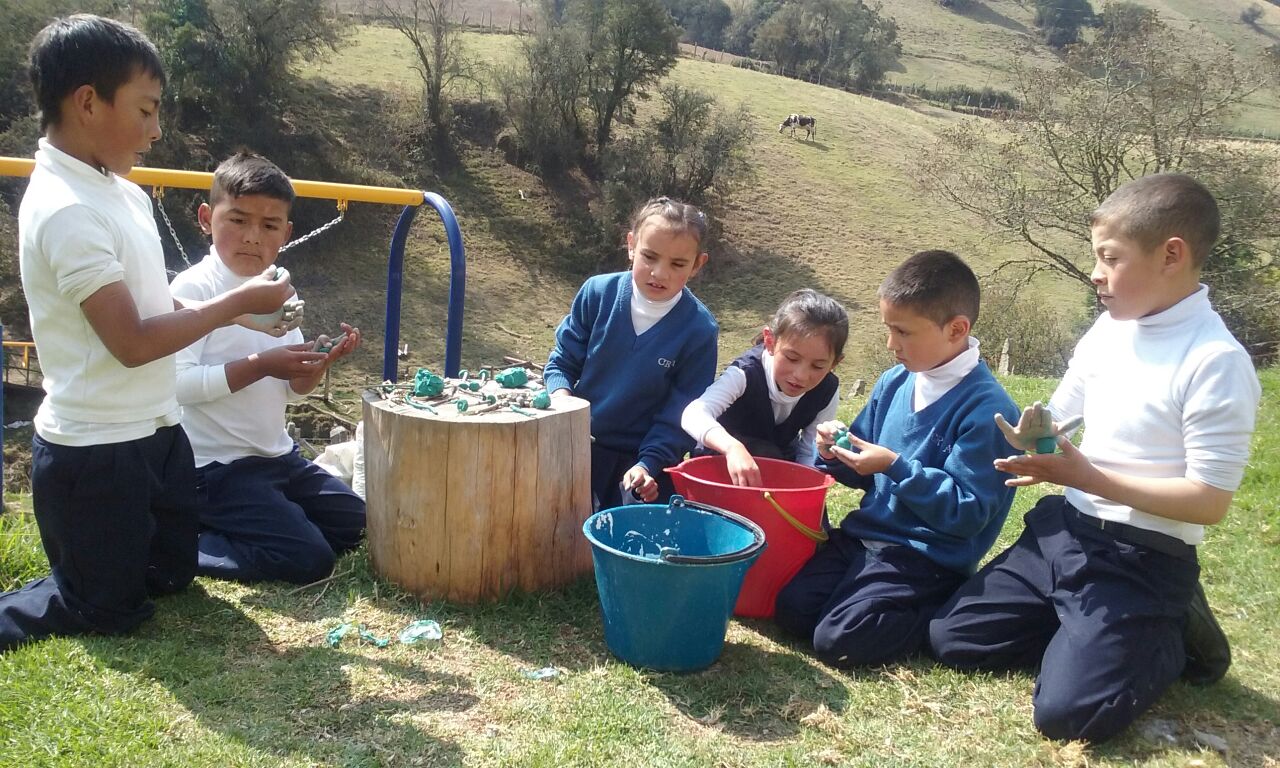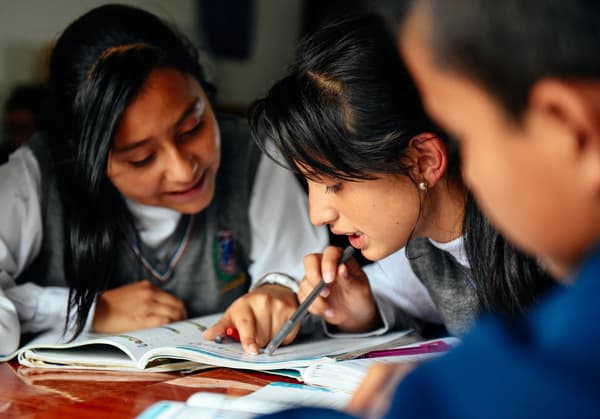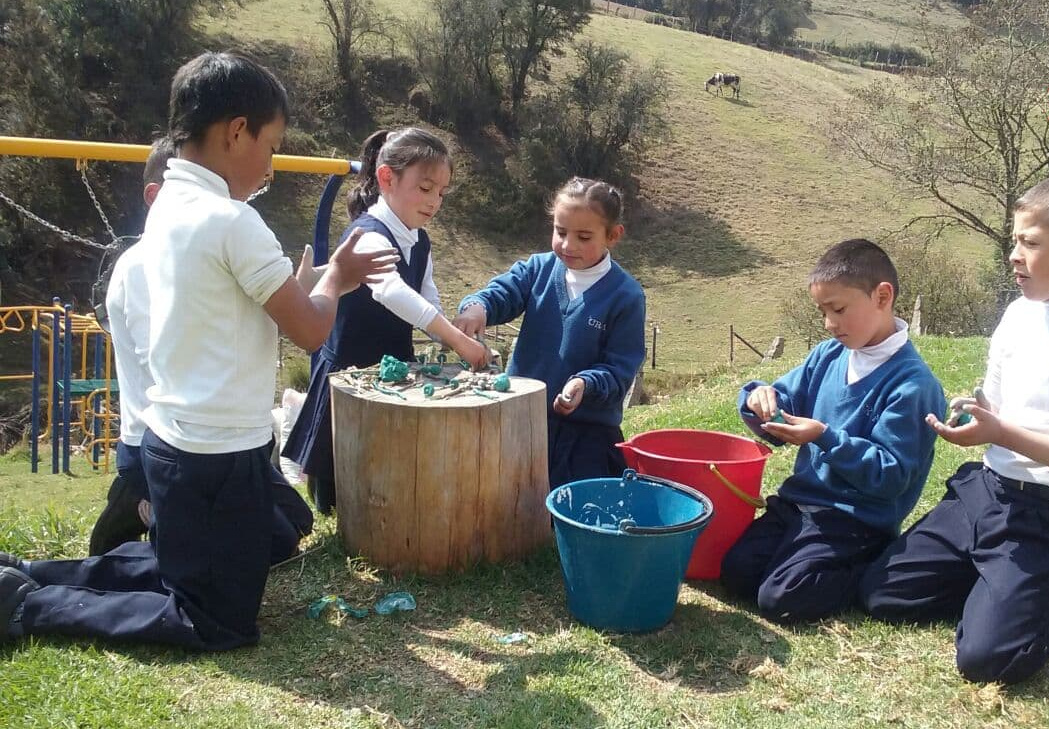Components
The Escuela Nueva Activa model is a systemic intervention that transforms the classroom and the way of learning. It develops strategies in four components:
Curriculum Component
This component takes into account the development of socially and culturally relevant content and the development of active and participatory learning methods. The most prominent elements used to guide learning are the Learning Guides, classroom libraries, learning corners, and student government.
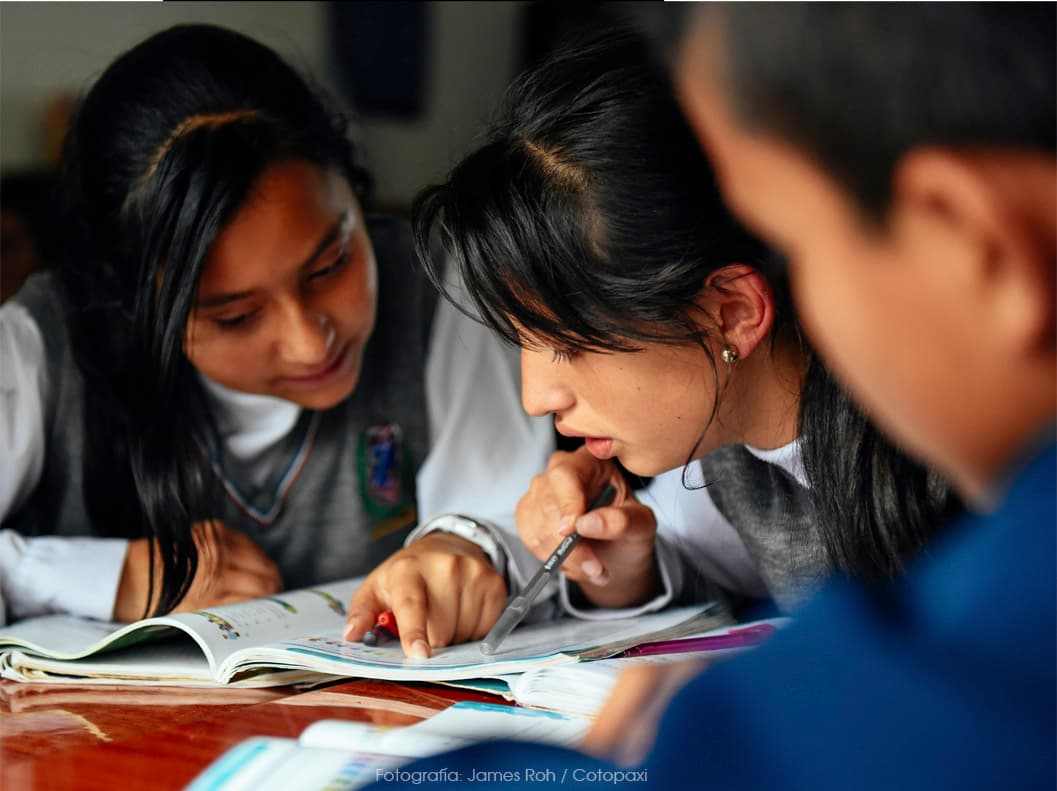
ENA Learning Guides
They are a fundamental element of the ENA curriculum that promotes dialogue and interaction for autonomous learning, The ENA Learning Guides seek to encourage an active, participatory methodology and are based on the conviction that learning occurs through dialogue, active participation, and interaction between students, teachers, families, and communities.
ENA’s Learning Guides propose activities that students develop individually, in pairs, or in teams to be active subjects in the acquisition of significant learning. The work with the Learning Guides is guided by the teacher.
The Learning Guides privilege processes and operationalize the curriculum, developing the basic skills in fundamental areas as well as the socio-emotional and citizenship competencies. Likewise, they organize and generate a sequence of activities that respect the student´s advancement and their own pace of learning and encourage the development of their research spirit and their autonomy. Also, they encourage learning to learn, learning to do, learning to communicate, and -more importantly- learning to peacefully coexist.
Teacher Manual
Provides a comprehensive, conceptual, and practical vision for the training and professional development of teachers and other agents of the educational community committed to the implementation of ENA. Likewise, they deepen the development of basic concepts and strategies for its implementation.
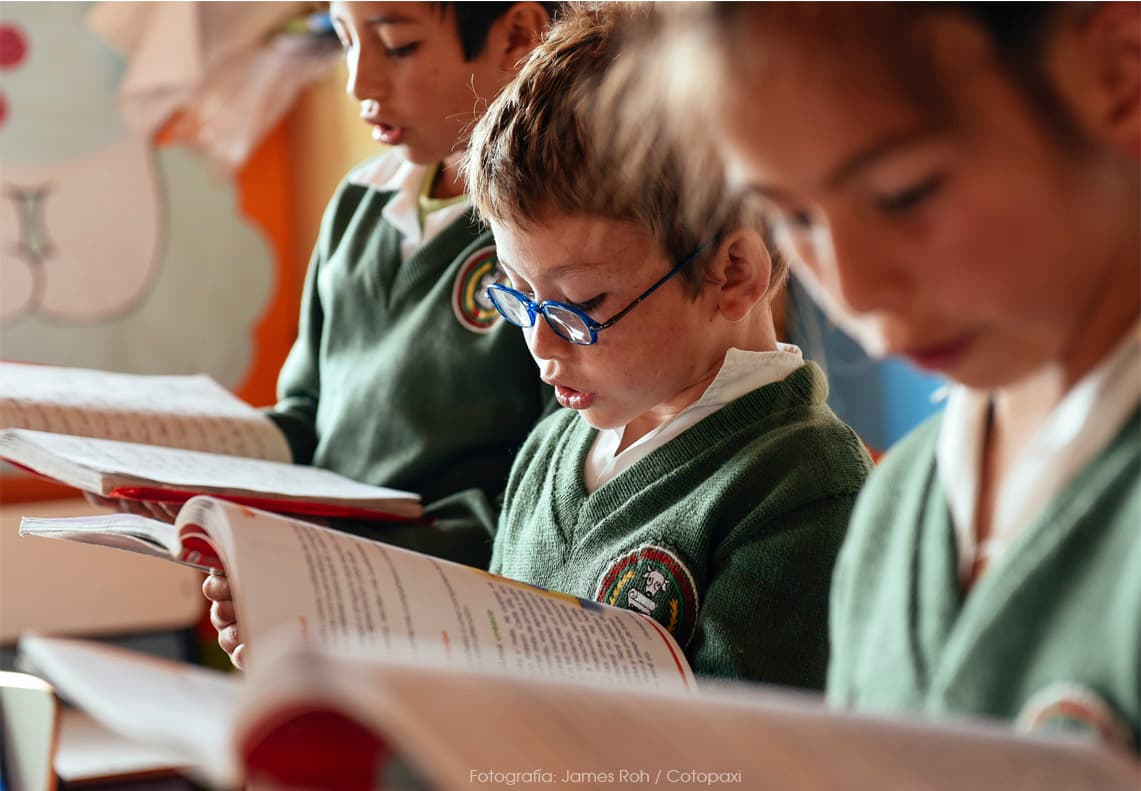
Management Component
ENA conceives the school as an autonomous organization whose objective is to offer to all students on equal terms an integral quality education that meets their learning needs. To that extent, through this management component, school management processes are supported, giving tools to the different actors in the educational community (leadership, teachers, students, administrators, families, and local organizations) and promoting their active participation. Likewise, this component seeks a collaborative, and guiding relationship among all, instead of a rigid and controlling one.
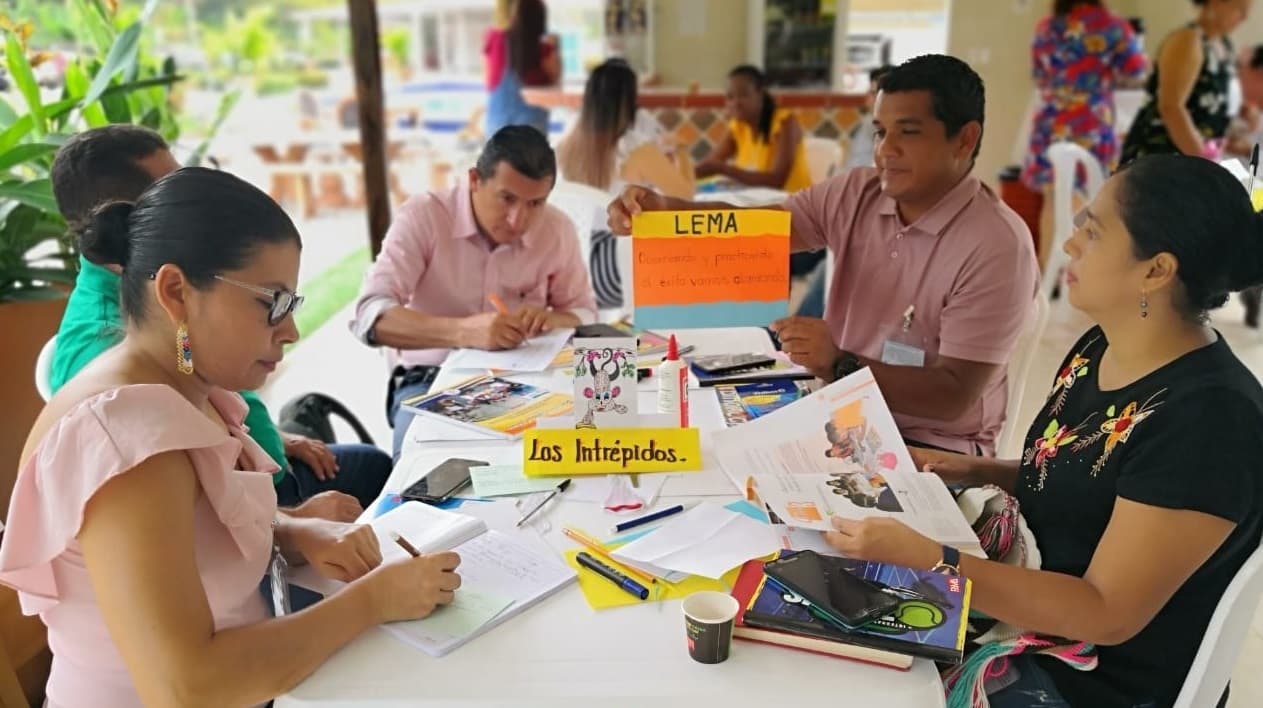
Teacher Training Component
This component promotes the professional development of teachers and educators in service. It aims to improve pedagogical practices and qualify the role of the teacher as a facilitator and a guide of the learning process, developing skills to focus the process on the student and promote active and participatory learning. It also encourages the ability to perform as community leaders.
Adequate and complete training at ENA is not given through a conference or talk. ENA training must be developed experientially: teachers are trained in the same way and with the same methodology that they will then use with their students in the classroom and work in activities that allow them to reflect on their pedagogical practices. It also encourages horizontal interaction among peers and the exchange of experiences, so they can learn from one another.
Community Component
This component promotes a close and supportive relationship between teachers, students, and members of the educational community. It promotes the organization and participation of all in the school and in extracurricular activities and articulates the school with the community beyond the relationship with parents.
Various strategies promote that the community and the family become spaces of learning, recovery of popular knowledge, and revitalization of culture. Likewise, what each student learns can be applied with his/her family and his/her community.
